Big cats, an awe-inspiring group of carnivores, have roamed the wild for millions of years. These majestic creatures play a pivotal role in maintaining the balance of ecosystems, controlling herbivore populations, and fostering biodiversity. However, human encroachment, poaching, and climate change have significantly endangered their populations. Capturing rare sightings of these elusive predators in their natural habitats not only enriches our understanding of wildlife but also fuels conservation efforts to protect them.
The Big Cat Family: Diversity and Characteristics
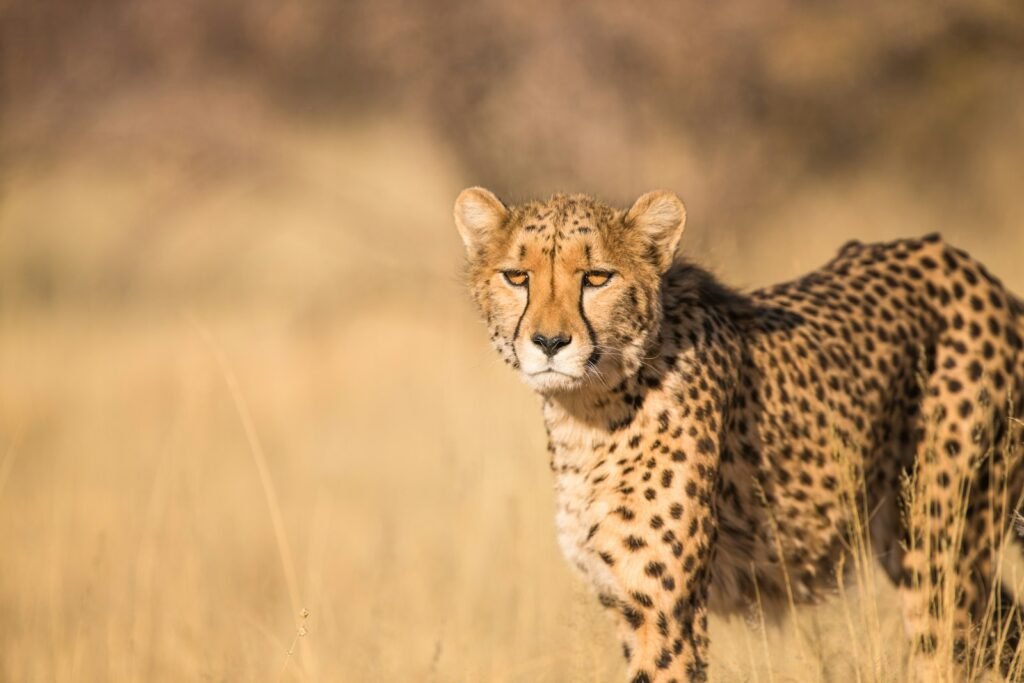
The big cat family, scientifically known as the Felidae family, is comprised of several notable species including lions, tigers, leopards, jaguars, snow leopards, and cheetahs. Each species is distinguished by its unique adaptations and behaviors, from the lion’s social pride structure to the solitary nature of tigers. Understanding these characteristics helps enthusiasts and researchers appreciate the diversity within this group.
Geographical Distribution of Big Cats
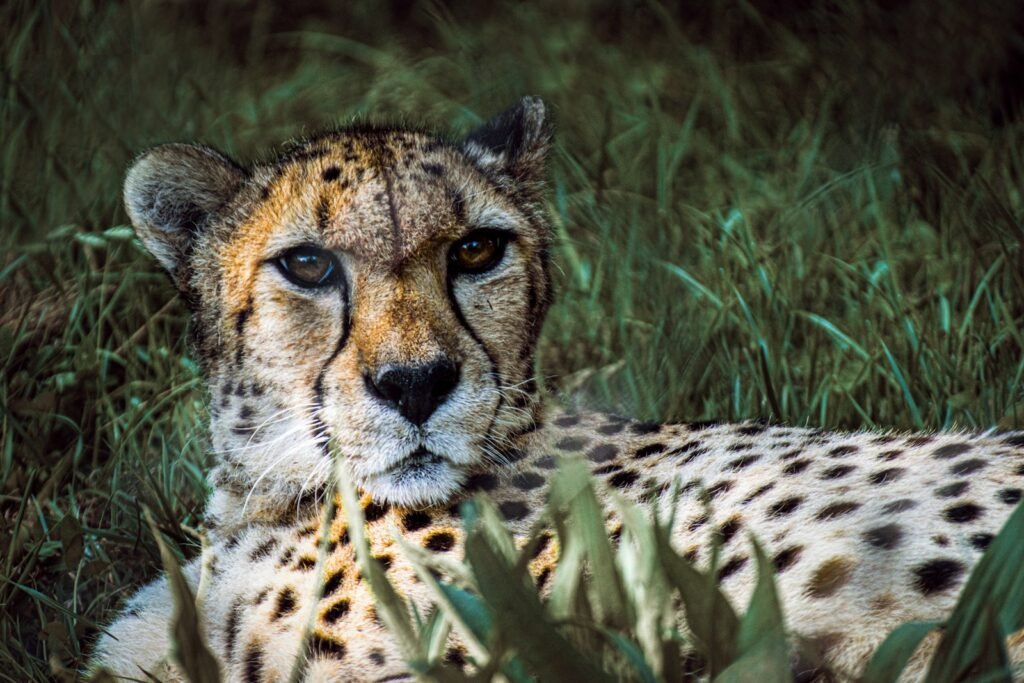
Big cats are found in various habitats across the world. Lions primarily inhabit the African savannas, while tigers are found in the dense forests of Asia. Jaguars roam the rainforests of South America, and leopards have a vast range across Africa and parts of Asia. Each species has adapted to its specific environment, highlighting the resilience and adaptability of these predators.
Challenges Facing Big Cats Today
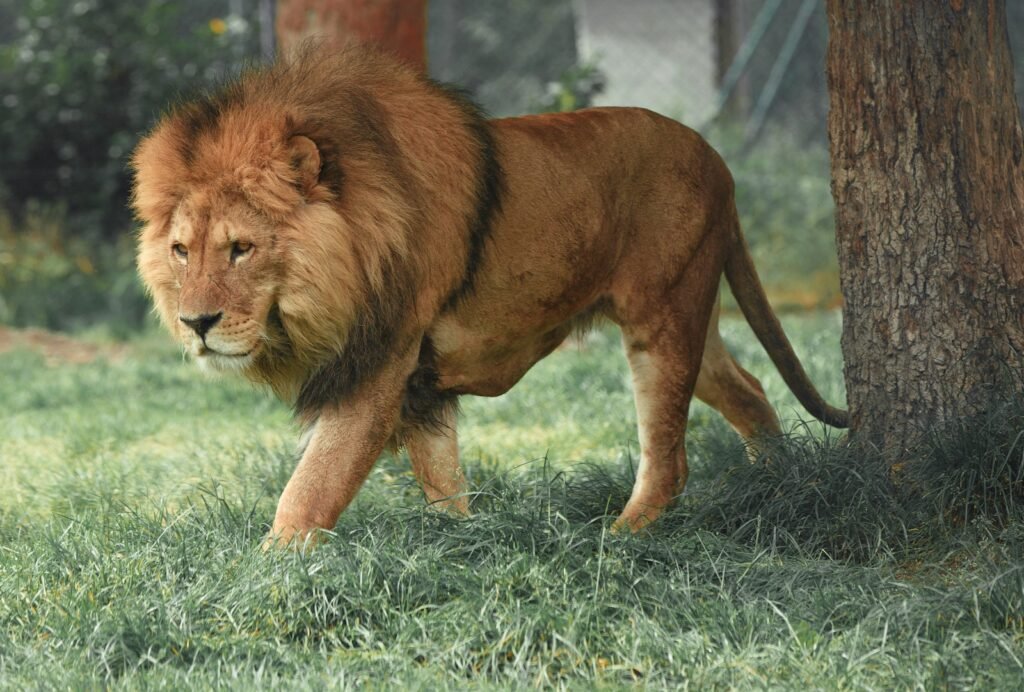
The survival of big cats is threatened by numerous factors including habitat loss due to agriculture and urban development, illegal poaching for fur and body parts, and conflicts with humans. These threats have led to alarming declines in their populations, making capturing their presence in the wild increasingly rare and significant.
Technological Advancements in Wildlife Monitoring
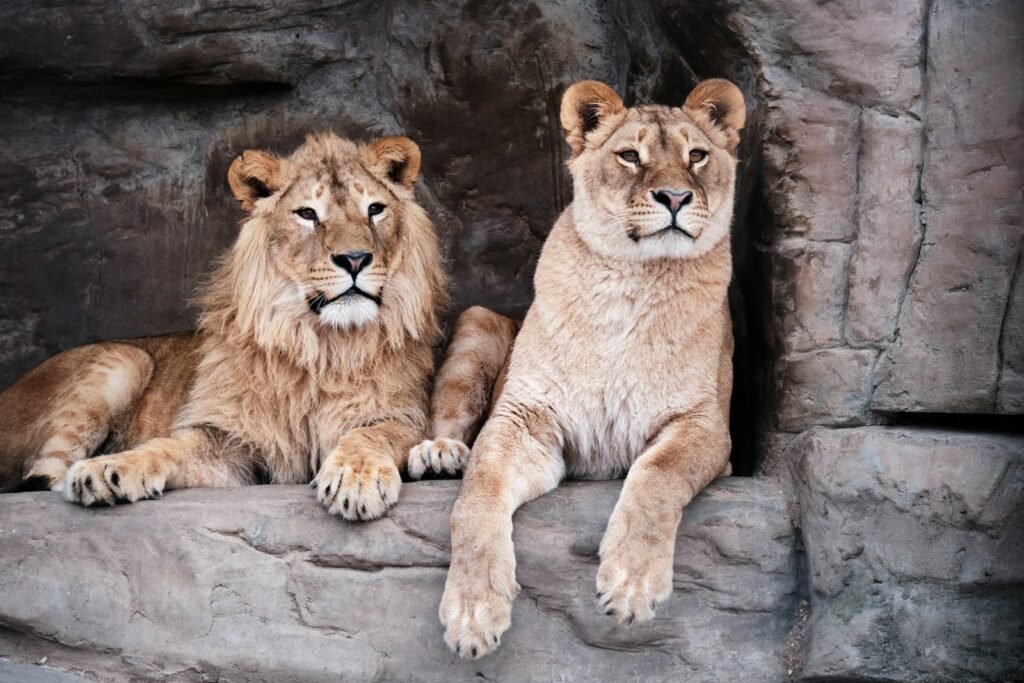
Recent advancements in technology, such as camera traps, drones, and GPS collars, have revolutionized the way researchers monitor big cats. These tools allow for non-invasive tracking and provide invaluable data on movement patterns, behavior, and population dynamics. They play a crucial role in capturing rare sightings and enhancing our understanding of these elusive animals.
Iconic Big Cat Sightings in the Wild
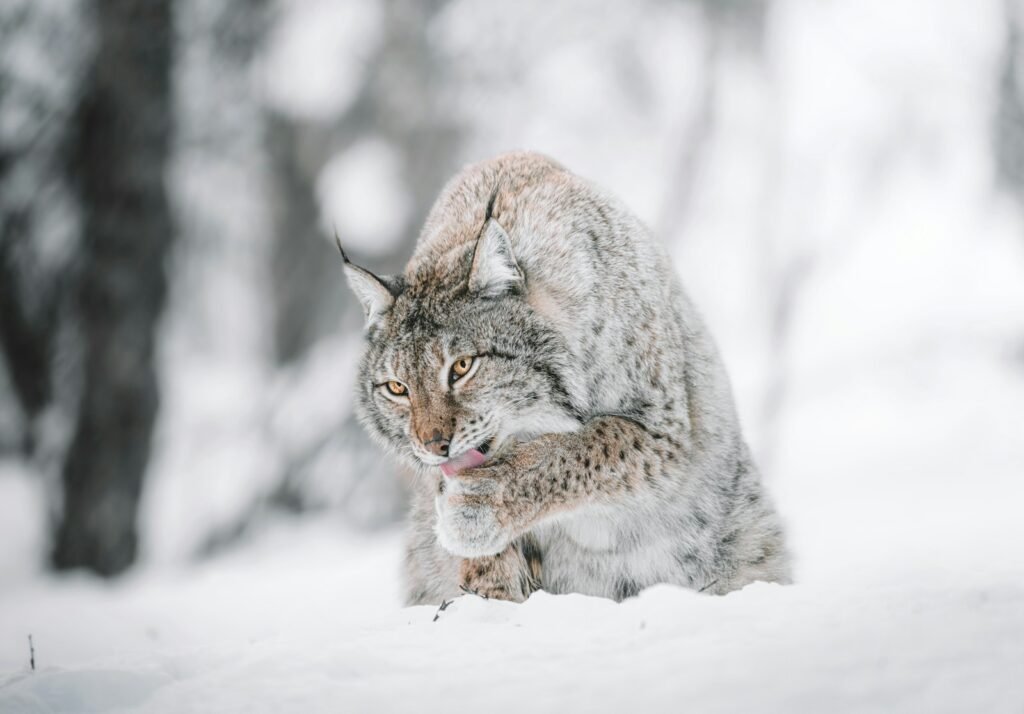
Throughout history, there have been several iconic sightings of big cats that captivated the public imagination. For example, the recent sighting of the extremely rare black leopard in Kenya, captured on camera after nearly a century, garnered significant attention. Such sightings reaffirm the existence of these elusive animals and underscore the importance of continued conservation efforts.
Importance of Big Cats in Ecosystems
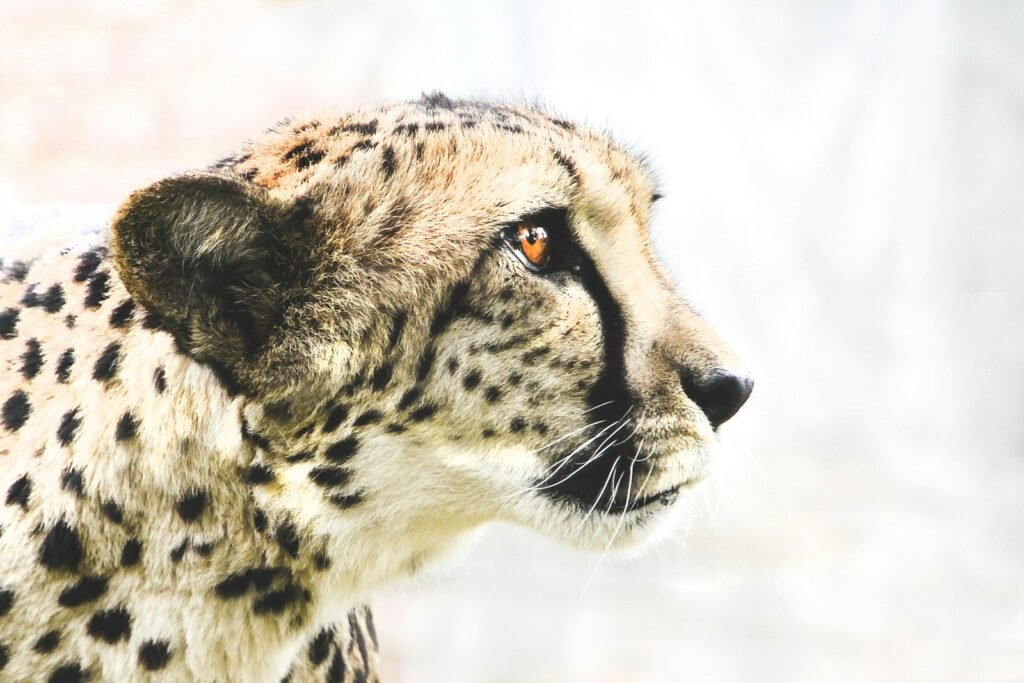
Big cats are apex predators, meaning they sit at the top of the food chain in their respective ecosystems. They play a crucial role in maintaining the health and balance of their environments by regulating prey populations. This dynamic controls overgrazing and promotes plant growth, supporting a diverse array of species and ecological functions.
Conservation Efforts to Protect Big Cats
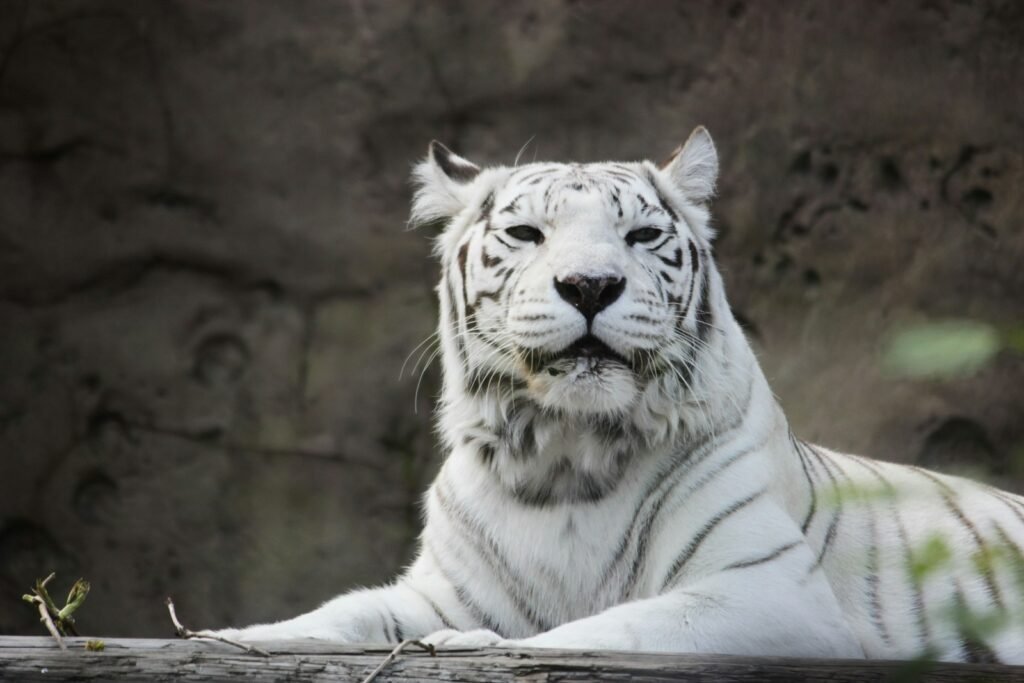
Numerous organizations and initiatives are dedicated to conserving big cats and their habitats. These efforts include anti-poaching laws, establishing protected areas, and promoting human-wildlife coexistence strategies. Conservationists work tirelessly to ensure future generations can witness these majestic creatures in the wild.
Community Involvement in Big Cat Conservation
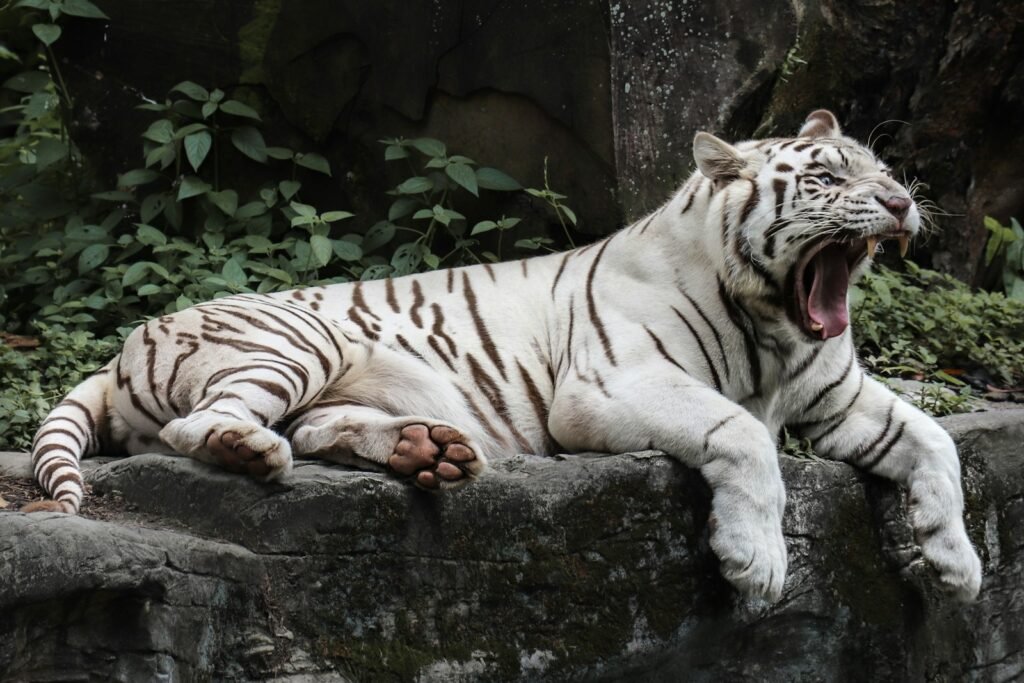
Engaging local communities is vital in the conservation of big cats. Many communities living near big cat habitats rely on these areas for their livelihoods. Educating and involving them in conservation efforts can lead to sustainable practices and mitigate human-wildlife conflicts, benefiting both big cats and people.
The Role of Citizen Science and Wildlife Enthusiasts
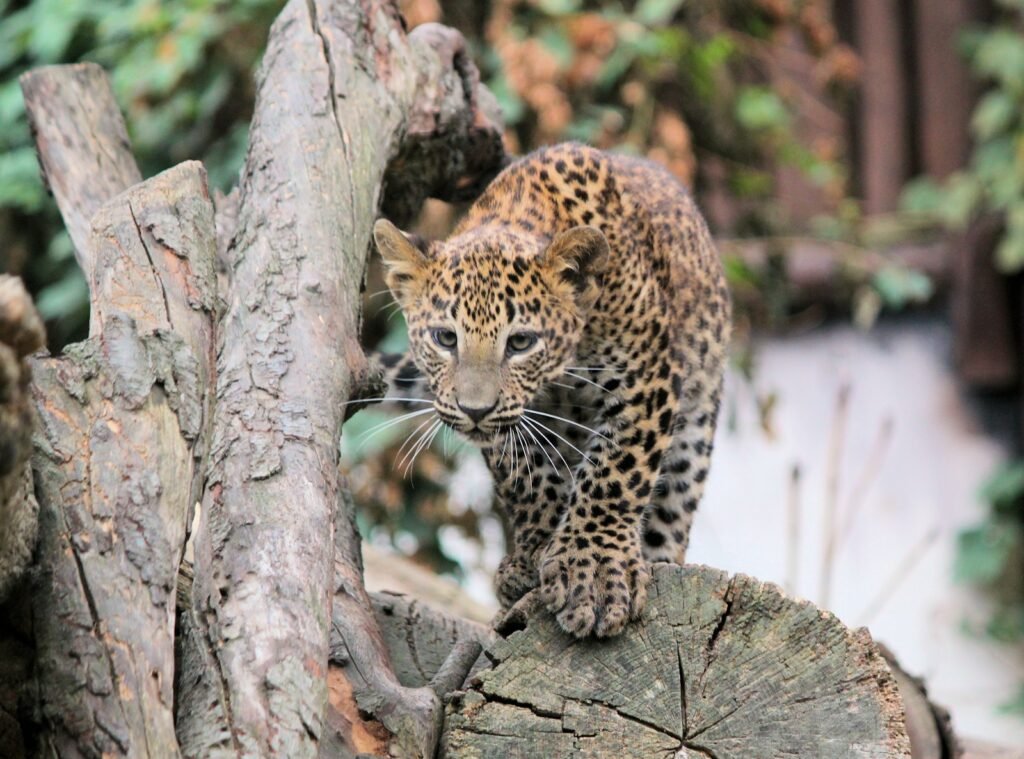
Citizen scientists and wildlife enthusiasts often contribute to big cat research by reporting sightings, supporting conservation programs, and spreading awareness about the challenges facing these animals. Their involvement can increase the data available to researchers and help promote a culture of respect and protection for wildlife.
Conclusion: Ensuring the Future of Big Cats

The rare capture of big cats in the wild serves as a reminder of their beauty and the need for urgent conservation measures. Through technology, community collaboration, and a shared commitment to the environment, we can ensure that these iconic animals continue to thrive for generations to come. It is our collective responsibility to protect and preserve the rich biodiversity that big cats have helped shape throughout history.
Hi, I’m Bola, a passionate writer and creative strategist with a knack for crafting compelling content that educates, inspires, and connects. Over the years, I’ve honed my skills across various writing fields, including content creation, copywriting, online course development, and video scriptwriting.
When I’m not at my desk, you’ll find me exploring new ideas, reading books, or brainstorming creative ways to solve challenges. I believe that words have the power to transform, and I’m here to help you leverage that power for success.
Thanks for stopping by, Keep coming to this website to checkout new articles form me. You’d always love it!






